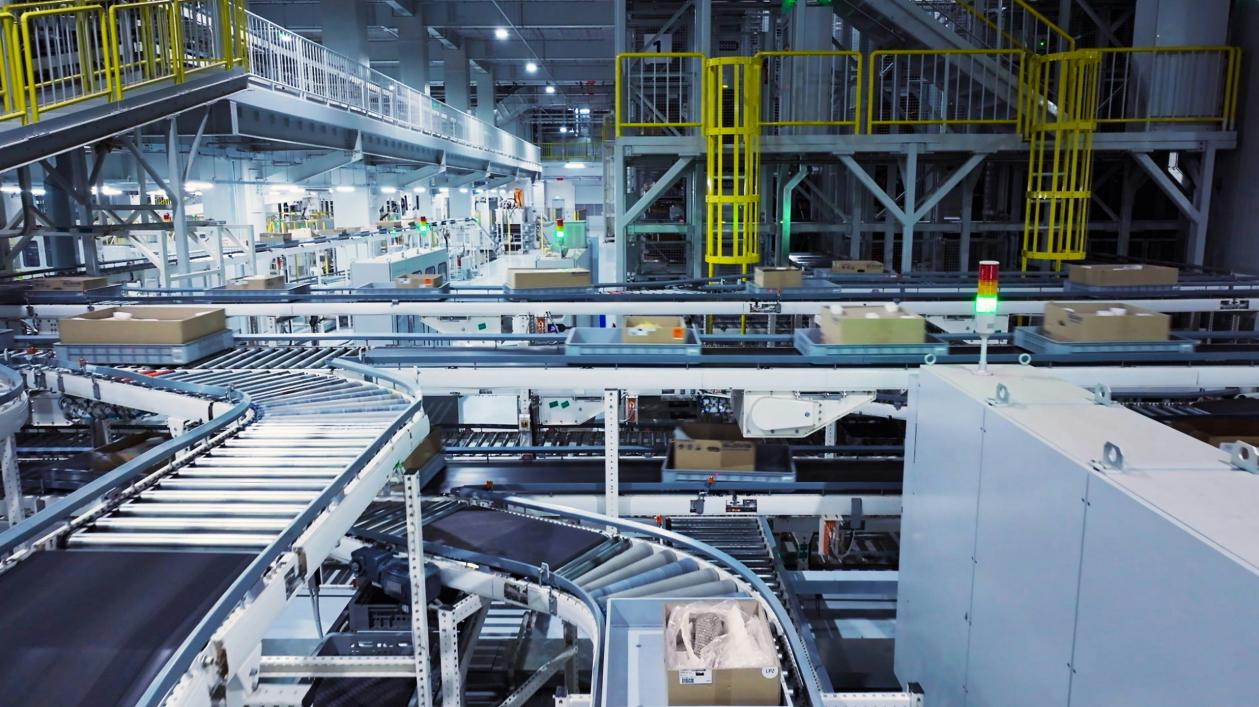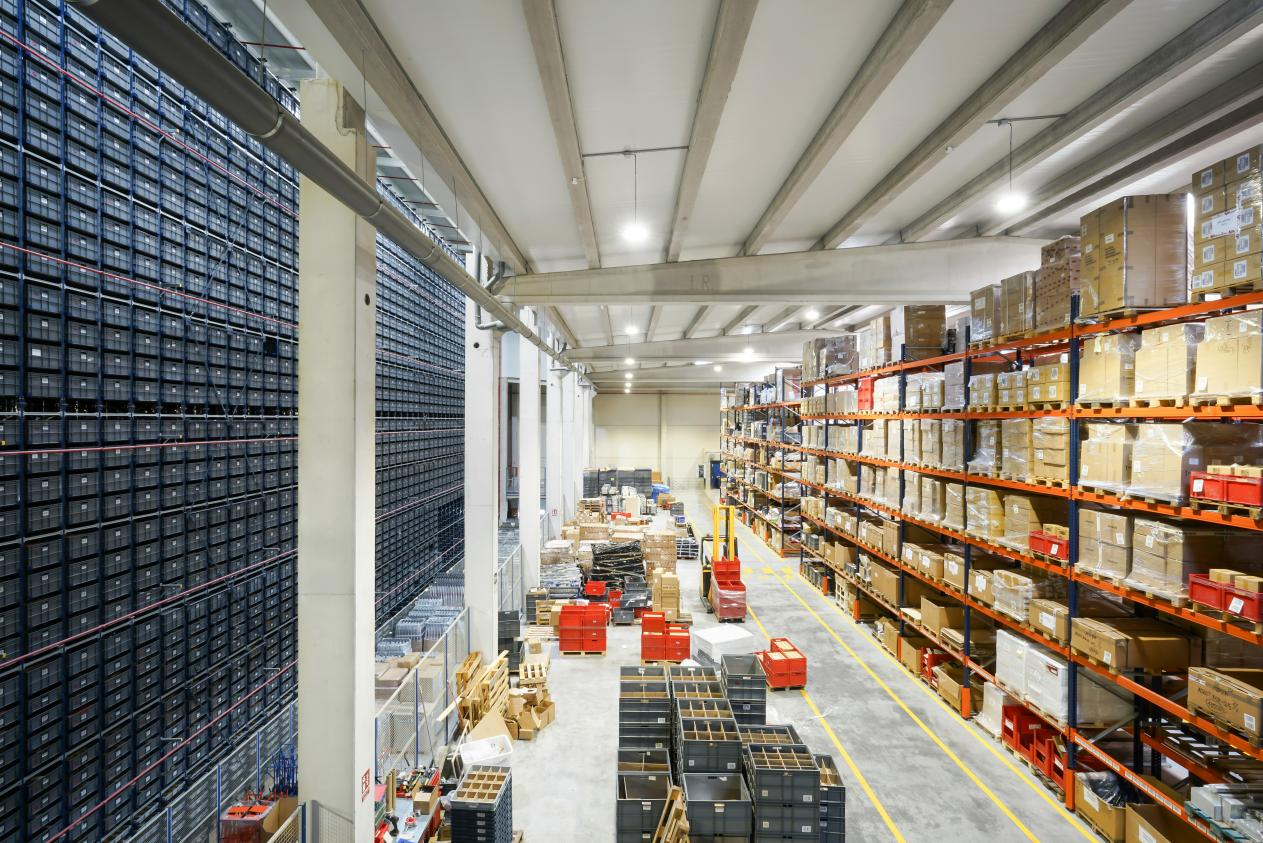Innovative Logistics Solutions and Technologies for 2025 and Beyond
The global market is a living organism, constantly shifting and demanding adaptation. For businesses striving to stay competitive, innovative logistics solutions are no longer a luxury, but a necessity. This blog shows you the future of logistics, exploring the most promising advancements and how businesses can leverage them to optimize their supply chains.

The Rise of Autonomous Vehicle Technology
One key trend for 2025 is the rise of autonomous vehicles (AVs). Companies like Tesla and Volvo are leading the charge, implementing AVs to streamline transportation and minimize human error.
Take Volvo's recent pilot program, for instance, which showcases fully autonomous trucks handling everything from loading to delivery – a testament to the efficiency and cost-saving potential of AVs.
Integration of AI and Machine Learning
Artificial Intelligence (AI) and Machine Learning (ML) are set to play a pivotal role in shaping logistics trends for 2025 and beyond. These technologies help predict supply chain disruptions before they occur, enabling proactive inventory and routing management.
IBM, for instance, utilizes AI to enhance supply chain transparency, offering real-time analytics that foresee shipment delays and dynamically adjust routes accordingly.
Moreover, AI significantly improves various operational facets, including predictive forecasting and parcel sorting, which in turn enhances efficiency and customer service adaptability.
IoT Driving Greater Connectivity

The Internet of Things (IoT) remains a foundational element of future logistics technology, fostering unparalleled connectivity within logistics operations.
DHL is a prime example. Its integration of IoT within its warehousing solutions, where sensors and connected devices continuously monitor inventory levels and environmental conditions, ensures optimal stock levels and product quality, greatly enhancing operational reliability.
Moreover, IoT enhances visibility across supply chains by connecting disparate assets. DHL also utilizes advanced IoT-enabled smart labels that afford a detailed tracking of goods throughout the supply chain. This facilitates precise inventory management and operational efficiency, simplifying the response to demand shifts and supply chain interruptions.
Green Logistics: Embracing Sustainability
Sustainability is no longer a buzzword; it's a driving force. As the world embraces eco-consciousness, green logistics solutions are poised to dominate the post-2024 landscape.

Companies like Maersk are spearheading this movement with the adoption of biofuel-powered trucks and ships, significantly reducing their carbon footprint. These innovative logistics solutions meet global environmental standards and appeal to eco-conscious consumers, enhancing brand loyalty and market position.
Enhanced Data Security in Logistics
With the growing reliance on digital technologies, securing data within logistics operations has become paramount. Innovative encryption technologies and secure cloud services are crucial for protecting sensitive information against cyber threats.
Companies like Cisco are providing tailored cybersecurity solutions for the logistics sector, ensuring data integrity and security throughout the supply chain.
Blockchain for Transparency and Efficiency
Blockchain technology is transforming logistics by boosting transparency and efficiency.
Walmart’s successful implementation of blockchain to track the provenance of food items has dramatically reduced the time required to trace origins from weeks to seconds. This enhances safety and trust, streamlines recall processes, and saves costs while protecting the brand’s reputation.
As we move into 2025, these innovative logistics solutions underscore how technology continues to reshape the logistics landscape. By adopting these technologies, businesses can enhance efficiency, reduce costs, and elevate customer satisfaction. Keeping abreast of the latest logistics trends and future logistics technology will be crucial for maintaining a competitive edge in the dynamic market environment.








